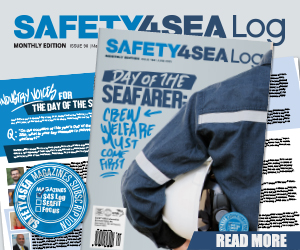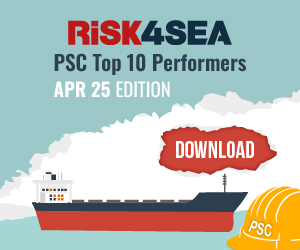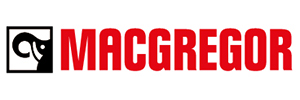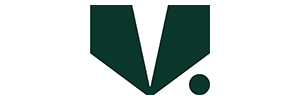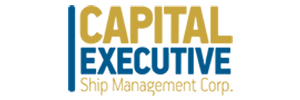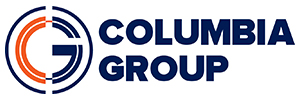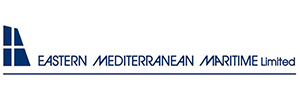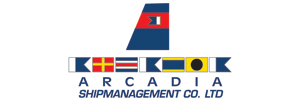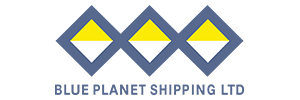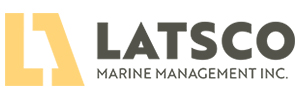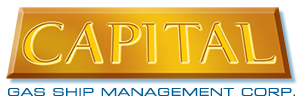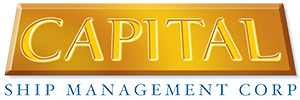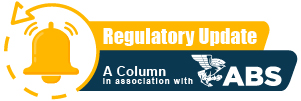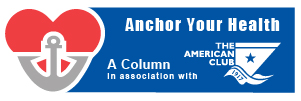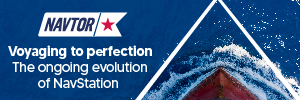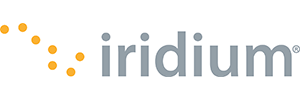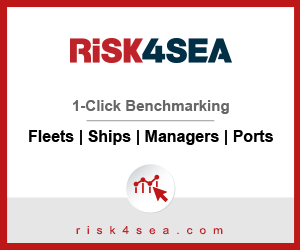Many are those questioning whether digitalization has a positive effect on safety in terms of ship/shore communication; whether it has managed to meet regulatory compliance and has improved accurate reporting from ship to shore and backwards. As such, in our Sea Sense column this time, in association with The North of England P&I Club, we ask global experts to make their assessment into the following:
Is the increased availability and variety of digital solutions to help ship/shore communication leading to improved standards in safety reporting?

Panos Theodossopoulos
Chief Digital Officer, OCEANKING Technical & trading S.A.
YES. Ship to shore communication has been gradually increasing both in terms of capacity as well as reliability, and that has in turn led to new sophisticated, affordable digital services and solutions becoming available. Areas like vessel performance, weather routing, machinery monitoring, etc. have greatly benefited, resulting in more efficient and also safer vessel operations. Safety reporting is also gaining benefits from these developments, as more and more processes are being digitized and processes becoming automated. Solutions for crew shift and rest hour management for the on-board crew, surveillance and accidents tracking, as well as e-health services are more and more entering into the practices of ship operators, thus improving standards in safety and crew welfare.

Paäivi Haikkola
Senior Ecosystem Lead, ONE SEA – Autonomous Maritime Ecosystem, DIMECC Ltd
Maybe. In theory the new digital solutions and better ship to shore communication should definitely lead to improved standards and safety reporting. Increasing safety is often one of the purposes of the new systems. However, if the new solutions fail to recognize the ship as a system, but just concentrate on one or several of the ship systems without communication interfaces to other systems, the expected benefits will not be realized. Ship owners and operators are often overwhelmed by the available options, that sadly often offer solutions only to one area of the ship. The suppliers of the solutions need to cooperate, to offer viable solutions on board.

Alvin Forster
Loss Prevention Executive, The North of England P&I Club
YES. But it’s vital to stress that better and easier means of communication does not necessarily lead to a better quality of safety reporting. As methodology of safety reporting is evolving to encompass more innovative and effective leading indicators, and focusing less on traditional measures such as LTIs and near-miss reporting, the recent developments in digital solutions allows the process of capturing and making sense of the data to be much more manageable. For example, solutions that allow shore management to have a better understanding of what actually happens on board a vessel on a day-to-basis (not just when the audit team are in attendance) is a valuable indicator of not only safe working practices, but also crew mindset, welfare, fatigue and whether safety management systems are working as intended – all of which affect safety performance. Our own safety culture organisational assessment (SCORA) is one such means of allowing an insight into what people really think about safety in their company. We are reaching the limit of diminishing returns on traditional safety management; to continue to make gains we need to embrace new thinking.

Mike Konstantinidis
CEO, METIS Cyberspace Technology S.A.
YES. Effective communication is an essential element of success on all aspects of business activity. Maritime communications have been drastically enhanced during the last decade and there is certainly a great variety of digital solutions that help, especially on a ship to shore level, to improve standards in safety reporting. However, the patterns of communication are still different for each company with different systems, equipment, management rules and procedures. Indeed, there are initiatives towards the adoption of international guidelines for the electronic data interchange on a holistic manner that will cover all operational and technical aspects, but we still have a long way to go. With more than 95,000 ships operating globally, using commonly agreed standards is the only way forward.

Andreas Chrysostomou
Chief Strategy Officer, Tototheo Maritime
In short, the answer is a yes. Digital solutions relevant to ship-2-shore communications, lead to significantly improved standards in safety reporting. Ship-2-shore communication is vital for the safe navigation and management of ships. In recent years, we have seen a variety of digital solutions emerge, with the goal of providing more effective and efficient communication but at the same time to improve safety as well. These digital solutions improve overall operational efficiency, safety, and crew welfare. Furthermore, with access to modern technology on the rise, piracy attacks can become less frequent because of the sharing of data from ship-2-shore. Marine safety and security can also be enhanced by in video surveillance systems that transmit important ‘real time’ information such as speed, course, location and fuel levels to the relevant authorities

Valentinos Steliou
Managing Director, Safebridge
Yes, it certainly does. The maritime industry is already too far into the state of digital transformation. The biggest objective of this transformation is targeting the efficiency of ship operations which can be achieved only through an improved communication of the triangle between on-board operators’ onshore operators and digital solutions. The growing supply of digital solutions within the industry will support the recording of historical human experiences and enable predictive data with greater transparency allowing increased concentration. Seafarers enable countless safe journeys and are avoiding accidents through self-contribution and without technology. However, the most frequent source of failures and cause of accidents is still based on human error. Therefore, the ability of the digital tools to assess capabilities, suggest improvement points and prompt for digital learning, it is certainly going to contribute to a future where the standards in safety in the maritime industry are going to leap to the next level.

Yasuhiro Ikeda
President, ShipDC
YES. The connected ships have exponentially increased the ship operation data flow between ship and shore, leading to safer ships and efficient ship operations. In the present times, the digital solutions for voyage optimization, remote audits, and condition monitoring of the engine support ship crew to make informed decisions. The combination of the Ship crew skill set and the technology are making ships safer. In the coming times, data will be the key component for the digital twin and autonomous ships. The shore office will use the digital twin to check vessel health in real-time and inform the ship to take the best possible action in the given scenario using data analytics. I think data standardization, collaborations among maritime stakeholders, and data collection on the digital platform will be the key to the next generation of safer, smarter, and greener ships!

Arild Risholm Sæther
CBDO – NavFleet, NAVTOR
YES. Digitalisation is transforming organisations from being reactive to proactive in areas such as safety and safety reporting. There is massive untapped potential for the shipping industry to improve its efficiency through harnessing ship to shore data flows that can have a positive impact on commercial, environmental and safety performance reporting. The “devil is in the details” best describes safety reporting. Problems in ship and fleet operations can often be attributed to small mistakes that were overlooked. Here, digital solutions have a tremendous role to play. At NAVTOR, we see that the management of environment, health and safety (EHS) stands to be significantly impacted by digital solutions. Digitalisation is a catalyst for detailed standardization and makes possible the remote control and monitoring of processes. It changes the ways ships are run, supplying real-time, customizable and accurate data for informed decision-making. However, safety reporting and digitalisation requires more than just technology. It requires three key elements — operational knowledge and experience, technology that works and a human-centered approach. Digitalisation facilitates the automation of processes and functions, and combining data streams from multiple sources allows better-informed decisions more quickly, creating more efficient and responsive organisations. But, if digitalisation is to improve standards in safety reporting, shipowners must map a clear, achievable progression plan. They must assess their current digital systems as many harbor unused software licenses and obsolete legacy technologies. Digitalisation does not only encompass changes in ship and fleet operation, it also accelerates a robust backbone for planning and addressing health, safety and environment and industry compliance issues. There is no doubt that maritime digitalisation will bring about a radical change in how shipping companies operate, collaborate and report.









































